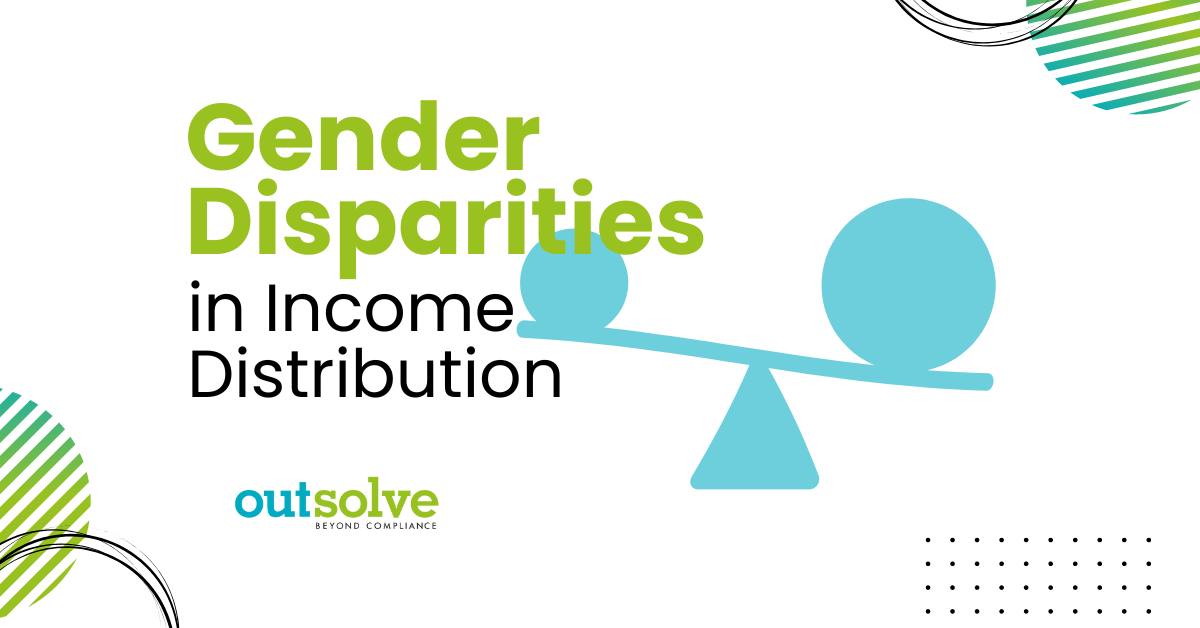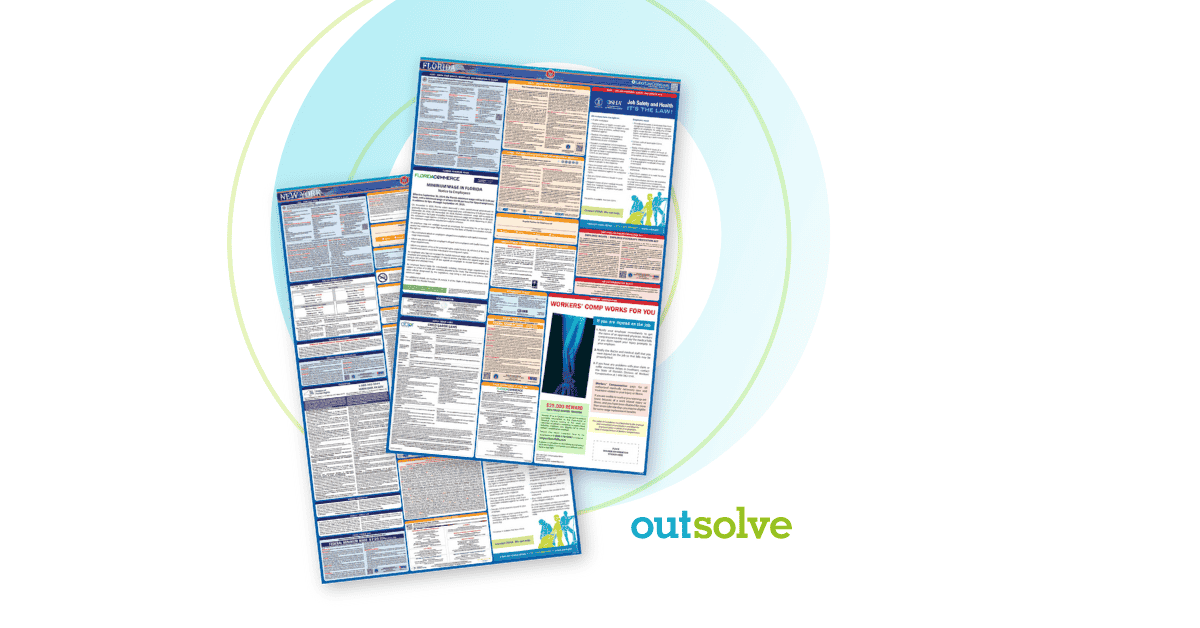2 min read
Unveiling Gender Disparities in Income Distribution: Looking Closer at the Numbers
 Debra Milstein Gardner
:
Mar 28, 2024 10:15:00 AM
Debra Milstein Gardner
:
Mar 28, 2024 10:15:00 AM

Discussions surrounding gender disparities in various aspects of life have become increasingly prevalent. One critical area where these disparities manifest is in income distribution. On March 12, 2024, the Equal Employment Opportunity Commission (EEOC) released a data dashboard featuring the 2017 and 2018 EEO-1 Component 1 pay data. Although not current, this data provides valuable insights into the persistent challenges faced by women in the workforce, shedding light on a reality that demands immediate attention and action. EEOC Data from 2017 and 2018
As we reflect on March 12th (Equal Pay Day), a symbolic date signifying how far into the year women must work to earn what men did the previous year, the reality of gender pay gaps becomes all too evident. This date serves as a stark reminder of the persistent inequities that continue to plague our workplaces and societies at large.
At the zenith of the pay scale, men dominate, constituting a staggering three-quarters of individuals earning over $208,000 annually. This discrepancy extends into the second-highest pay bracket as well, where 71% of earners, with salaries ranging from $163,000 to $207,000, are men. These statistics underscore a persistent trend where men significantly outnumber women in the upper echelons of income earners.
Conversely, the lower end of the income spectrum paints a different picture. Women emerge as the majority, making up 59% of individuals earning below $19,000. This imbalance highlights the prevalence of low-paying jobs that disproportionately affect women, contributing to economic vulnerabilities and reinforcing systemic inequalities.
U.S. Census Bureau Data from 2022
Recent salary studies provided by the U.S. Census Bureau using the 2022 Current Population Survey (CPS) Annual Social and Economic Supplement Tables for Personal Income and the American Community Survey 5-Year data (2009-2022) provide a comprehensive overview of the ongoing gender pay gap, highlighting the disparities faced by various demographic groups in the workforce. The findings from recent salary studies underscore the ongoing need for concerted efforts to address the gender pay gap and promote pay equity across all demographic groups.
Asian American women working full-time, year-round earn 99 cents for every dollar paid to non-Hispanic white men, reflecting relatively minimal disparities. However, when considering all earners, including part-time and seasonal workers, the figure drops to 89 cents, indicating broader wage gaps.
White women working full-time, year-round earn 80 cents for every dollar paid to non-Hispanic white men. When accounting for all earners, including part-time and seasonal workers, the figure decreases to 74 cents, highlighting significant disparities.
Mothers in the workforce face considerable challenges, earning 71 cents for every dollar paid to fathers when working full-time, year-round. This figure further drops to 63 cents when considering all earners, emphasizing the unique hurdles faced by working mothers.
Black women working full-time, year-round earn 69 cents for every dollar paid to non-Hispanic white men. Similarly, Native Hawaiian and Pacific Islander (NHPI) women earn 66 cents, Native women earn 59 cents, and Latinas earn 57 cents for every dollar paid to non-Hispanic white men. These statistics underscore the substantial wage gaps experienced by women of color in comparison to their white male counterparts.

These figures not only illuminate the gender gap in income but also underscore broader societal issues rooted in gender biases and structural inequities. Discriminatory practices, occupational segregation, and limited access to career advancement opportunities are among the myriad factors perpetuating these disparities.
Addressing these disparities requires multifaceted strategies aimed at dismantling systemic barriers and fostering inclusive environments where individuals of all genders have equal opportunities to thrive. Workplace policies promoting pay transparency, gender-neutral hiring practices, and robust support systems for career development and advancement are crucial steps toward creating more equitable societies. An OutSolve blog “Statistics Minute: How Do I Determine If Pay Differences are Significant or Not?” may provide useful information to our clients. For more information about measuring pay equity, please contact OutSolve.
Debra Milstein Gardner has worked in the Equal Employment Opportunity (EEO) and Affirmative Action (AA) space for the past 43 years while working in the public and private sectors in various human resources compliance roles. She began her career working for the Equal Employment Opportunity Commission and then went to the Marriott Corporation for nine years working in EEO, Affirmative Action and field human resource roles. In 1990, Debra founded Workplace Dynamics LLC providing EEO, AA, and DEI consulting services to government contractors. In 2016, Debra sold the affirmative action portion of Workplace Dynamics to OutSolve LLC and works part-time as a Market Analyst. Debra is a sports fanatic, routing for the Baltimore Ravens and all Virginia Tech Hokie teams. She loves to hike and boat in her mountain and lake community of Lake Lure, NC.
Recent Posts
Related Posts

The Ultimate Guide to Multi-State Labor Law Posters
Human Resources professionals understand how important and challenging it can be to remain updated and compliant with labor laws. This is especially...

Countdown: Final Days of the 90-Day Safe Harbor Period for AAPs
April is here and with that comes the end of the 90-day safe harbor period for federal contractors complying with EO 11246. As April 21, 2025,...

What Triggers an I-9 Audit? Key Factors You Should Know
Verifying proper identity and work authorization documentation for every employee is a crucial HR compliance function - not just for a company’s...


